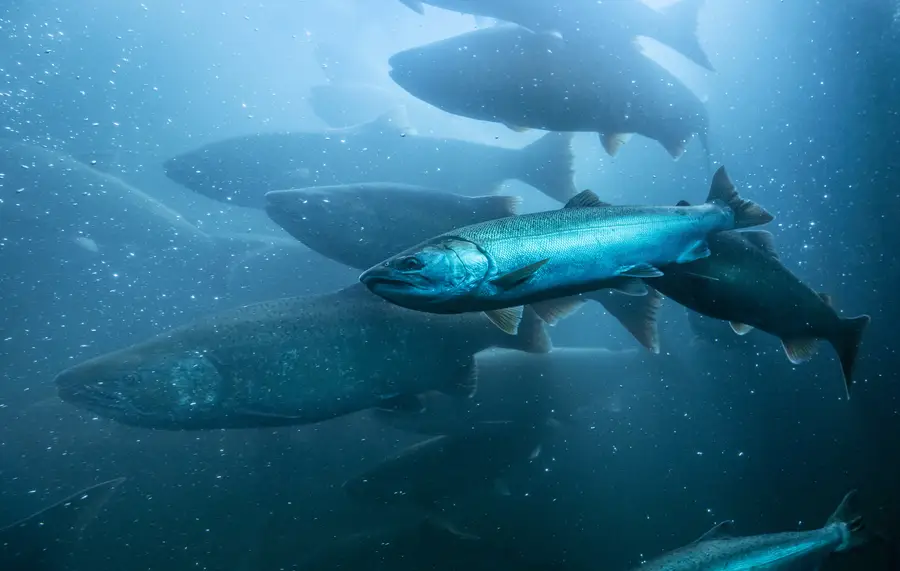
Did you know U.S. marine fisheries—areas where fish are caught for either commercial or recreational purposes—are the largest in the world? They cover 4.4 million square miles of ocean.
Management of those areas is essential for several reasons, not the least of which, as the National Oceanic and Atmospheric Administration (NOAA) explains, is to “sustain, protect, and increase domestic seafood supply.”
That’s why understanding fishers' decision-making is crucial for sustainable fisheries management.
Traditional behavioral models have focused on spatial choices within a single fishery. However, less attention has been paid to fishers' choices related to targeting different species, especially for people who are active in multiple fisheries to diversify their income. This focal point, based on our understanding of how fishers operate, is significant. One notable reason is changes in profitability, or temporary closures in one fishery, can create a ripple effect that impacts management and operations in other fisheries.
Fisheries management often uses spatial policy instruments, such as area-temporal closures, to reduce bycatch or protect habitats. Research is needed on how these policies affect fishers' behavior.
Factors Shaping Fishers’ Decisions in Fisheries Management
What is clear, however, is that the decisions fishers make are influenced by:
- Location preference
- Experience
- Financial risks
- Time of year
- Available fisheries
This complex interplay of factors creates a challenging environment for effective fisheries management. Policies intended to protect species in one fishery may inadvertently affect other fisheries, due to the range of behavior fishers are known to display.
This led our team at RTI International to study the salmon troll fishery on the west coast.
This fishery primarily targets Chinook and coho salmon in Oregon and Washington. (California prohibits catching coho salmon, which heightens focus on Chinook.)
The fishery often experiences area-temporal closures, including both annual and in-season restrictions, due to concerns about fish stocks listed under the Endangered Species Act. Furthermore, salmon troll fishers also target other species throughout the year including, Albacore tuna, Dungeness Crab, and multiple species of groundfish.
Researchers from RTI, Oregon State University, and NOAA's Northwest Fishery Science Center used a behavioral model to understand salmon trolling decisions and assess the impact of fishery closures. Our approach involved:
- Modeling salmon trollers' choices
- Simulating area-temporal closures
- Estimating potential revenues
We found that fishers' behavior is influenced by factors like vessel characteristics, location preferences, potential earnings, and seasonality.
When salmon areas are closed, fishers adjust by changing their fishing locations and the types of fisheries they participate in. For example, if a closure occurs early in the salmon season, fishers may opt for crab fishing instead of continuing to fish for salmon in areas that remain open.
Understanding fishers' complex decision-making processes is essential for developing more effective management strategies. Our work not only contributes to sustainable marine resource management on the West Coast; it offers a modeling approach for other fisheries as well.
It also underscores the need to integrate economic, environmental, and behavioral insights into ecosystem-based fishery management to ensure the long-term health and viability of marine resources.
Access the full publication— Fishery participation and location choice model: the West Coast salmon troll commercial fishery
Learn more about our work in environmental science and data science.

